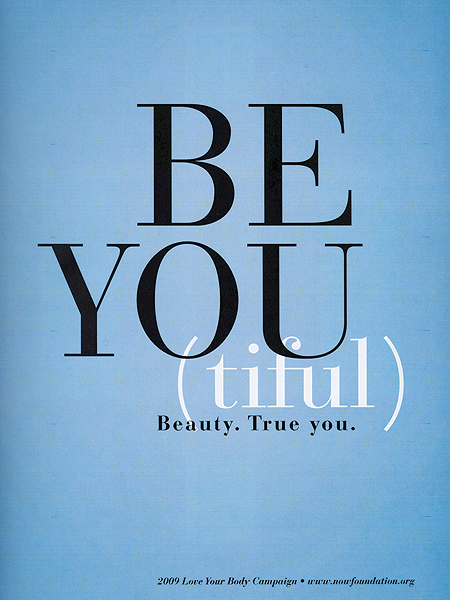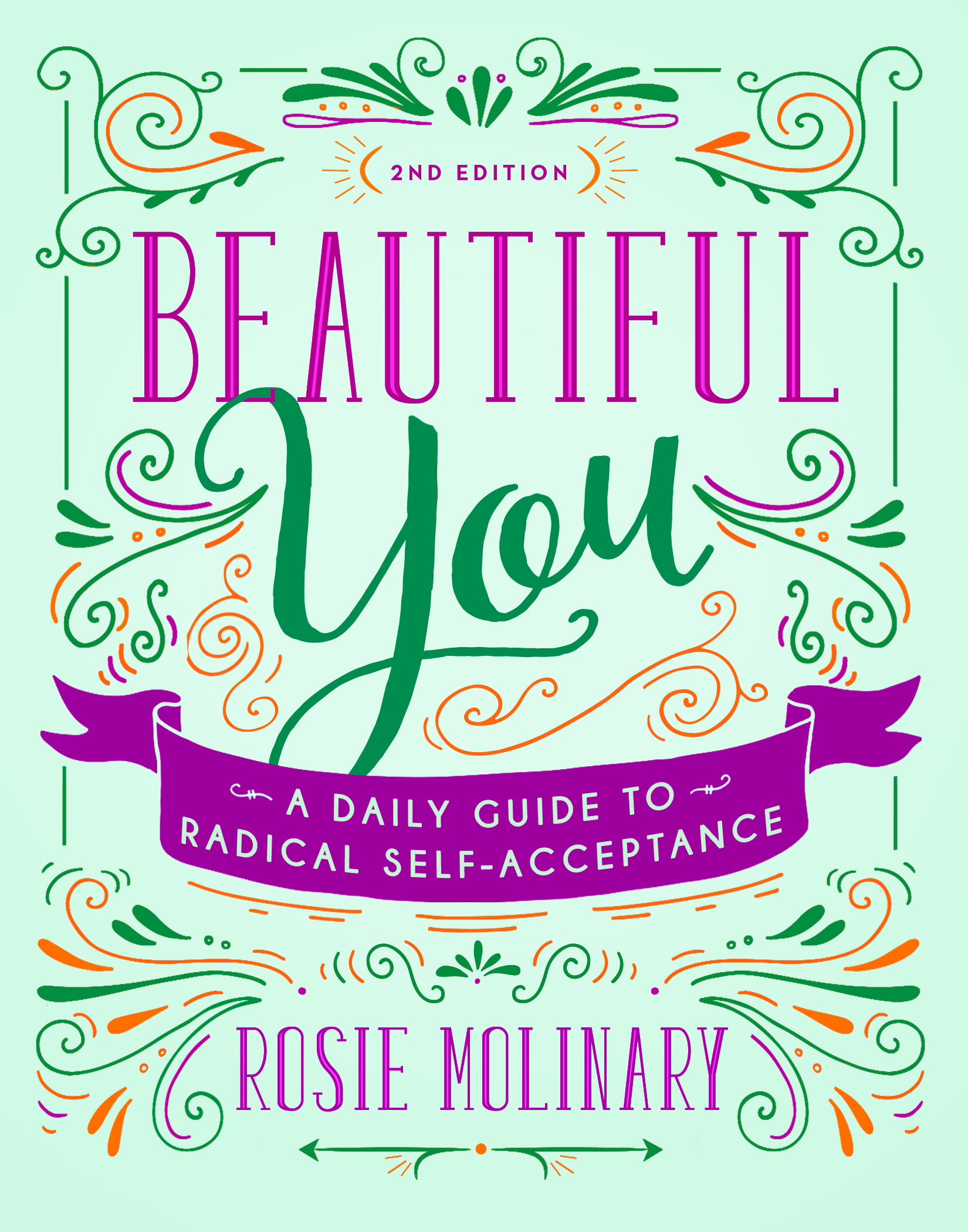He was adorable. As I grabbed a dress here, a sweater there, I couldn’t help but notice him.
Was he conventionally adorable, who knows? I’m not 13 any more. But he was adorable in the way that I appreciate in a teenager- earnest eye, humble air, vulnerable smile, and not embarrassed to be with his mama. As she and grandma stacked shirts into his arms, I thought, “that’s a good kid.”
Soon, he was back in the dressing room, down the hall from my own dressing room.
I heard him come out to show his people whatever look he was modeling. Then, that sweet scene I’d been witnessing- three generations of a family back to school shopping together took a bit of a turn.
“Oh, honey, that looks great! It is so slimming.”
What?
Surely, I didn’t just hear that, I thought.
But then grandma affirmed the slimming aspect of the shirt, and he returned to the dressing room for another go. For another few rounds, this happened. A slimming shirt, a not so slimming shirt there.
Soon, they left, slim shirts in hand, and grandma treated him. He was sweetly grateful, clearly the good kid that I thought he was and, yet, as I walked out the store behind them, I felt sad not touched.
Watch your language, I tell parents all the time, and I wonder how often it is just the parents of girls who listen. We think boys aren’t uncomfortable with their bodies, that they can’t be wounded in this way. And we’re wrong. We are so, so wrong. Who knows if this young man was wounded? I’m not in his head or heart. But I do know that it is highly possible that these two women- who thought they were doing so much good for a young man they loved- actually didn’t do him any good at all. They, in fact, could have done him great harm- harm that will last longer than the sting of the moment.
As eating disorder and body dysmorphic rates rise among men- especially young men- it is all the more important for us to build our awareness. Eating disorders, body dissatisfaction, and insecurity don’t discriminate. It’s about time we become more discriminating with our language.
Interested in resources on men and boys and eating disorder/ body image issues? Visit NEDA’s resource page.




did you see this article? http://www.huffingtonpost.com/lisa-bloom/how-to-talk-to-little-gir_b_882510.html?ref=fb&src=sp i mentioned to my facebook cronies that the same guidelines work for “big girls,” i.e. adult women. but i suspect that the same might be important for little boys, too, as you say. and it doesn’t have to mean walking on eggshells. it simply means changing our perspective to look first at one’s heart and soul, rather than one’s body. okay, maybe not “simply,” but not all that “complexly” either.
Oh, isn’t that post just fab, Kate? And you are right, it totally applies for big girls and boys of all ages, too. Love the phrasing- changing our perspective to look first at one’s heart and soul, rather than one’s body. Beautifully said.